We have all heard the phrase " the kitchen is the heart of the home," but when it comes to moving, this sentiment takes on a whole new meaning.
Packing up your kitchen isn't just about boxing up plates and pans; it's about preserving memories tied to family dinners, favorite recipes, and cozy coffee mornings.
So, what’s the challenge?
The kitchen is one of the most complex rooms to pack due to its mix of fragile items, odd-shaped appliances, and everyday essentials.
Did you know that over 28 million Americans relocated in the previous year? (That’s nearly 8.4% of the entire U.S. population.)
Surveys show that the kitchen is consistently ranked as the most stressful room in a house to pack.
And Why is that?
Kitchens hold an average of 1,200 items, including delicate glassware and bulky gadgets, and mishandling them can lead to damage or even injury.
What's more, moving is a costly process.
The average local move in the U.S. costs between $1,250 and $2,300, while long-distance relocations can climb to $4,000 or more.
Mistakes in packing your kitchen, such as broken dishes, ruined appliances, or extra time spent packing and unpacking, could add to those expenses.
But don’t worry! In this blog, we will discuss every step of packing your kitchen efficiently.
Start with a Plan
Take a walk around your kitchen before you machine-gun the packing process.
Inventory Your Items: List all of the kitchen items to decide what you want to keep, donate or throw away.
Declutter: Trash expired food from your cabinets, donate appliances that you have never used, and throw away trash.
Set Aside Essentials: Leave out what you need to use on a daily basis, such as a few plates, cups, and cutlery, anything you will be using until moving day.
Gather Essential Packing Supplies
Having the right materials is compulsory for protecting your belongings.
Here's a list of essential kitchen packing supplies:
Sturdy boxes: It comes in various sizes, including small, medium, and large.
Packing paper: It is used for wrapping fragile items.
Bubble wrap: It adds extra cushioning for delicate pieces.
Packing tape: It is used to seal boxes securely.
Markers and labels: You can use them to identify the box contents clearly.
Dish packs: These are specially designed boxes with dividers for dishes and glassware.
Step-by-Step Kitchen Packing Guide
Follow this systematic approach to pack your kitchen efficiently:
Pack Dishes
Wrap each dish in packing paper about 4–5 times
For example, stack 4–5 dishes into a bundle and keep these vertically in a box with packing material placed at the bottom and top.
Fill in empty spaces with crumpled paper to keep things from moving.
How to Pack Glassware for Moving
Put glassware in boxes with cell dividers to shield them from each other.
Go the extra mile and wrap more delicate parts in bubble wrap.
Always keep glassware upright in the box.
Pack Fragile Kitchen Items
Make sure to thoroughly wrap the fragile items like China and porcelain.
Clearly, label boxes "Fragile" and show which side is up for movers.
Pack Kitchen Appliances Safely
Make sure appliances are clean and dry before putting them away.
Disassemble it, and pack the disassembled parts separately.
Use original boxes and padding for appliances if possible.
Pack Pots and Pans
Place smaller pots inside larger ones, separating them with paper.
Wrap handles with paper or bubble wrap to prevent scratches.
Pack Utensils and Silverware
Group similar utensils, wrap them, and secure them with rubber bands.
If you have a cutlery tray, wrap it with plastic wrap to keep utensils in place.
Pack Pantry Items
Use tape or plastic wrap to seal open containers to prevent spills.
Plan to consume or donate perishable items before the move.
Efficient Kitchen Packing Strategies
Packing your kitchen for a move is a stressful task.
However, implementing these strategies will make it more manageable and efficient.
Declutter Before Packing
Take the time to sort through your kitchen items.
According to a survey by the National Association of Productivity and Organizing Professionals, 54% of Americans are overwhelmed by their clutter.
Use Quality Packing Materials
It is compulsory to spend some money on sturdy boxes, bubble wrap, and packing paper.
The American Moving and Storage Association reports that using proper packing materials can lessen the risk of damage by up to 60%.
Label Boxes Clearly
If you label wisely, you will avoid wasting time while unpacking by clearly mentioning the contents of each box and which room it belongs to.
According to a study done by Professional Organizers in Canada, 67% said they feel less stressed due to their possessions being organized and labeled.
Pack an Essentials Box
Pack a box of things you will need first when you get there, such as a coffee maker, cutlery and some dishes.
Protect Fragile Items
Pack fragile materials separately and use padding to fill up empty spaces inside boxes.
If you want to save more space, use towels or linens as cushioning.
Best Way to Pack Dishes for Moving
When it comes to moving, dishes are among the most fragile and frequently damaged items.
Proper packing is essential to make sure they arrive at your new home in one piece.
According to Martha Stewart, one of the most effective methods involves wrapping each dish individually, stacking them in bundles, and placing them vertically in a box.
Let’s break this method down step-by-step.
Gather the Right Supplies
The first step to packing dishes safely is having the proper materials.
You’ll need sturdy moving boxes (preferably dish-specific ones), packing paper, bubble wrap, and packing tape.
Use soft items like towels or foam liners to add extra cushioning.
Wrap Each Dish Individually
Wrap each dish carefully with packing paper.
Place the dish in the center of the paper, fold the edges around it, and secure it snugly.
For delicate or valuable pieces, add a layer of bubble wrap for extra protection.
Bundle Dishes in Small Stacks
Once each dish is wrapped, stack 4-5 similar-sized plates together and place a layer of paper between each one for added cushioning.
Secure the entire bundle with tape or a rubber band.
Pack Dishes Vertically
When placing the dishes in the box, always pack them upright on their edges.
Avoid stacking them flat, as this increases the likelihood of cracks under pressure.
Line the bottom of the box with crumpled packing paper or a folded towel to provide cushioning and fill any gaps with more paper to keep the dishes in place.
Seal and Label Boxes Clearly
Once the box is filled, add another layer of padding on top before sealing it with strong packing tape.
Label the box clearly as FRAGILE” and include instructions like This Side Up” for careful handling by movers.







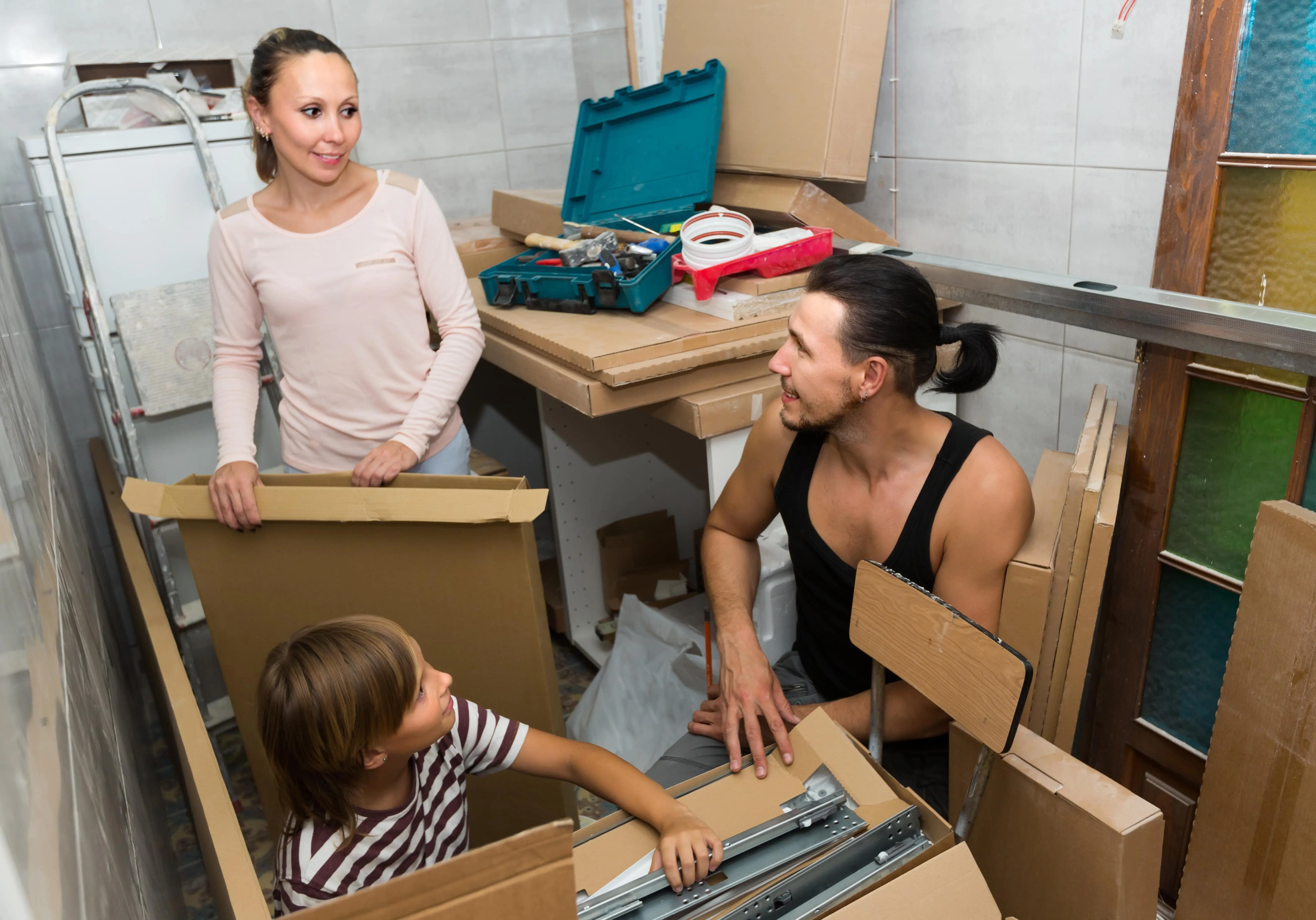

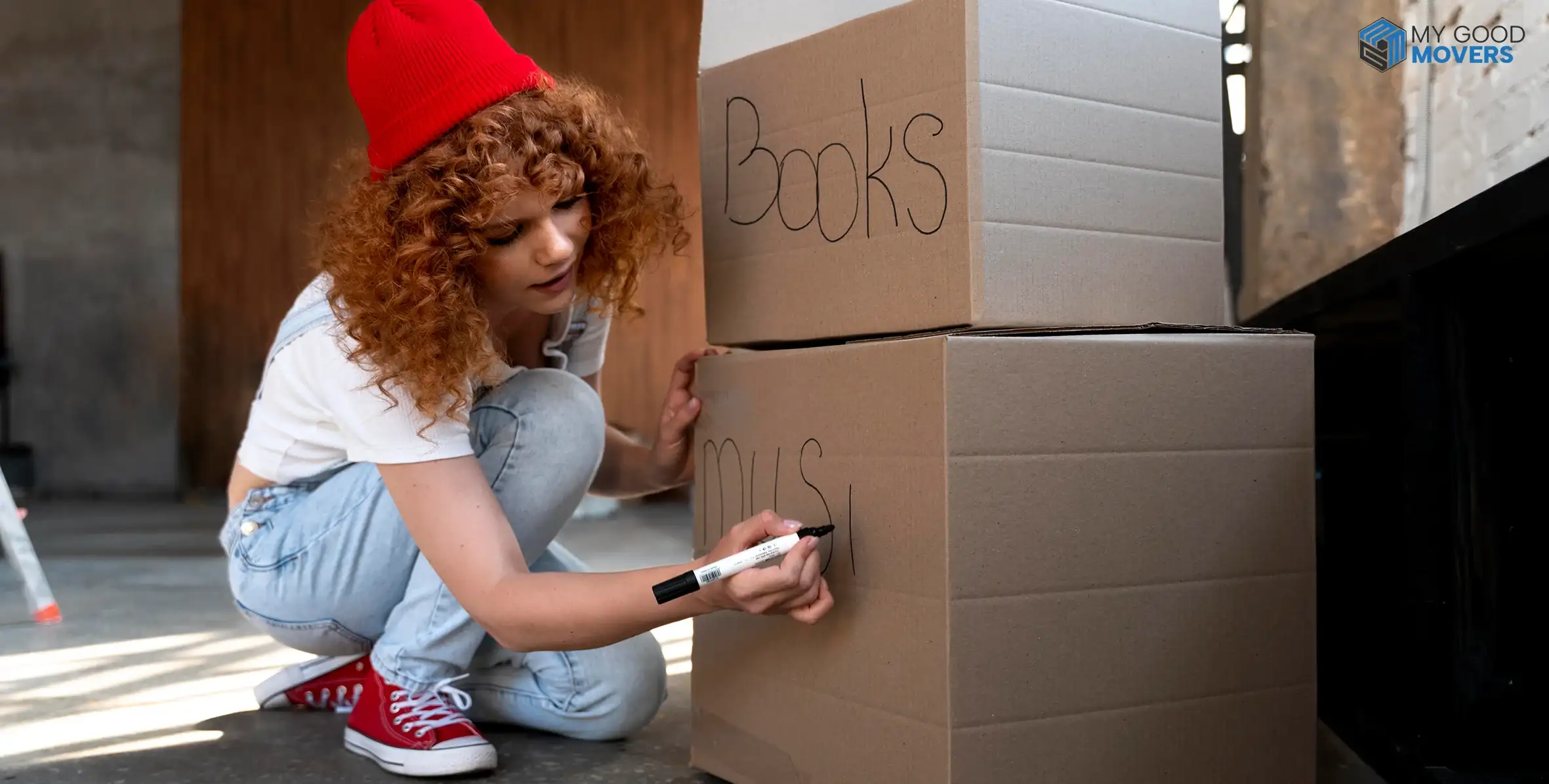

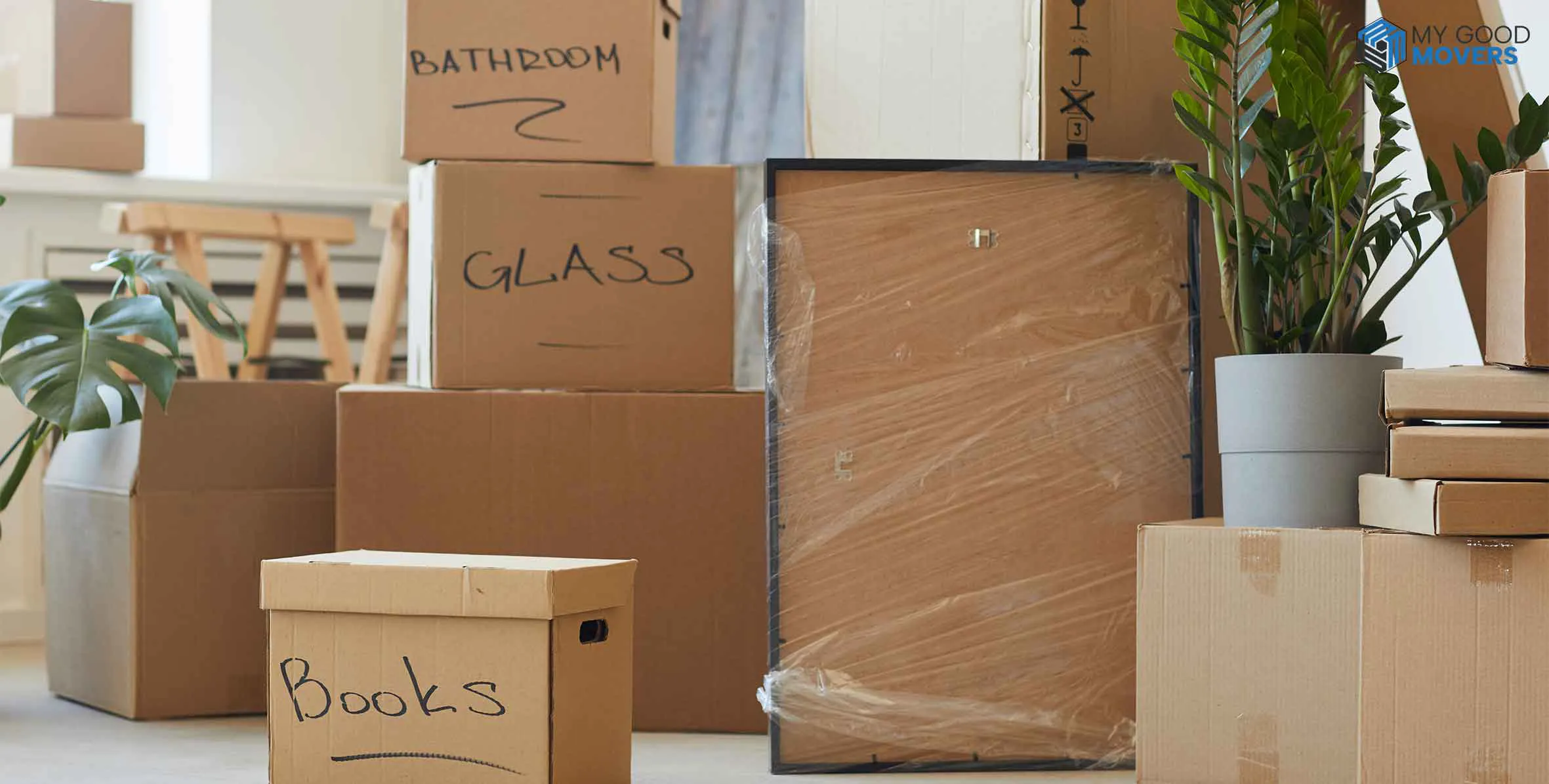


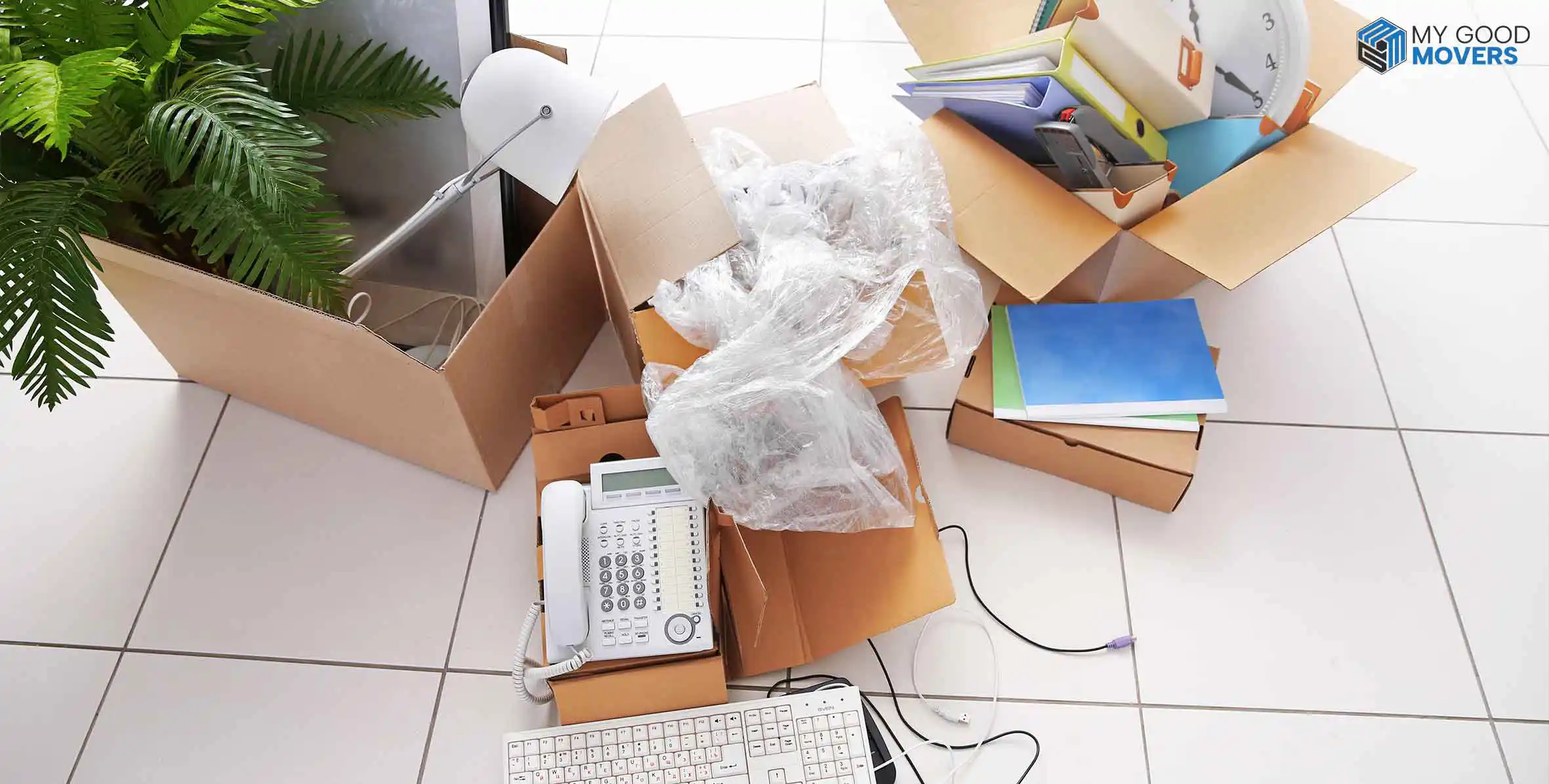










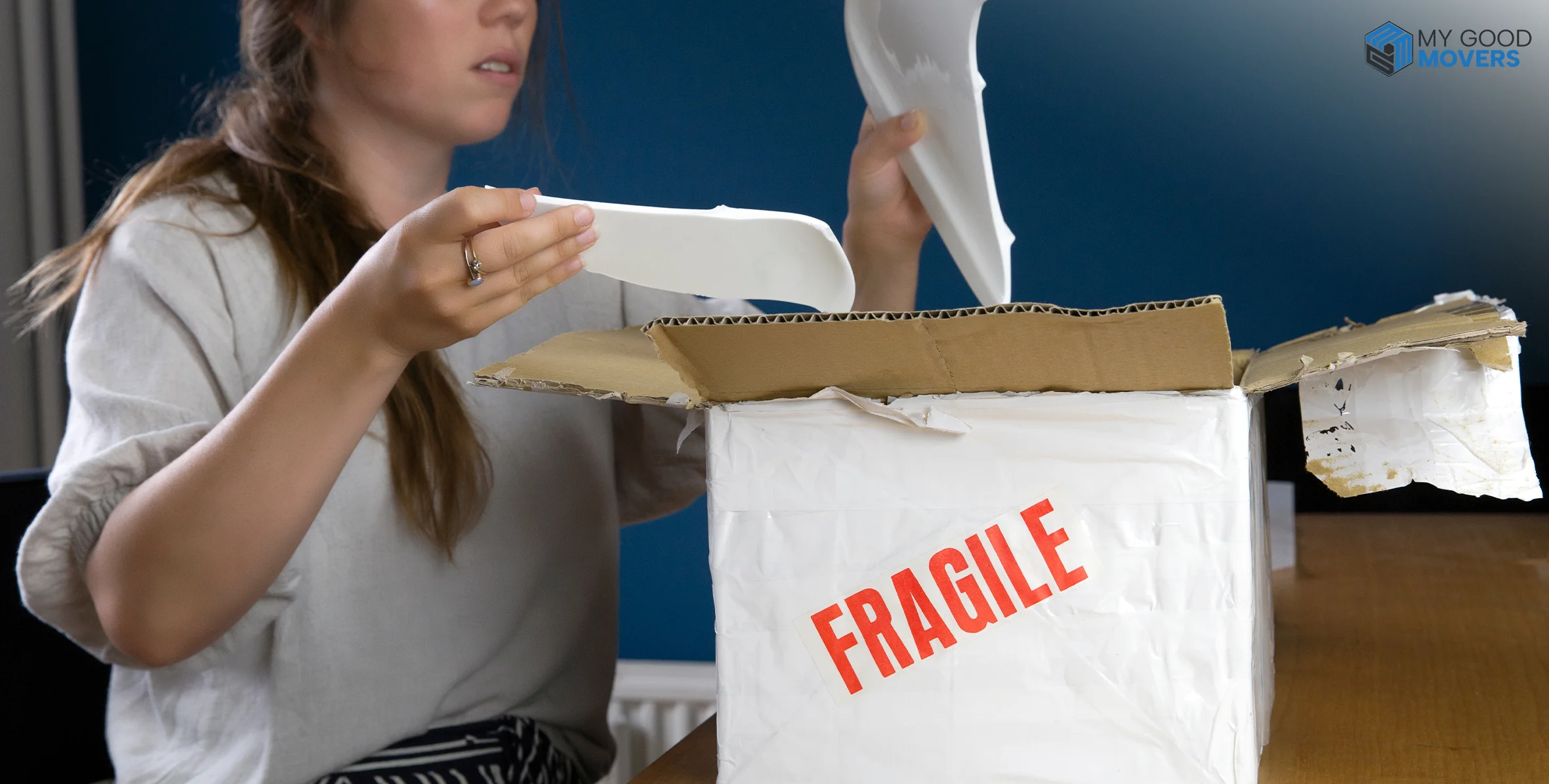


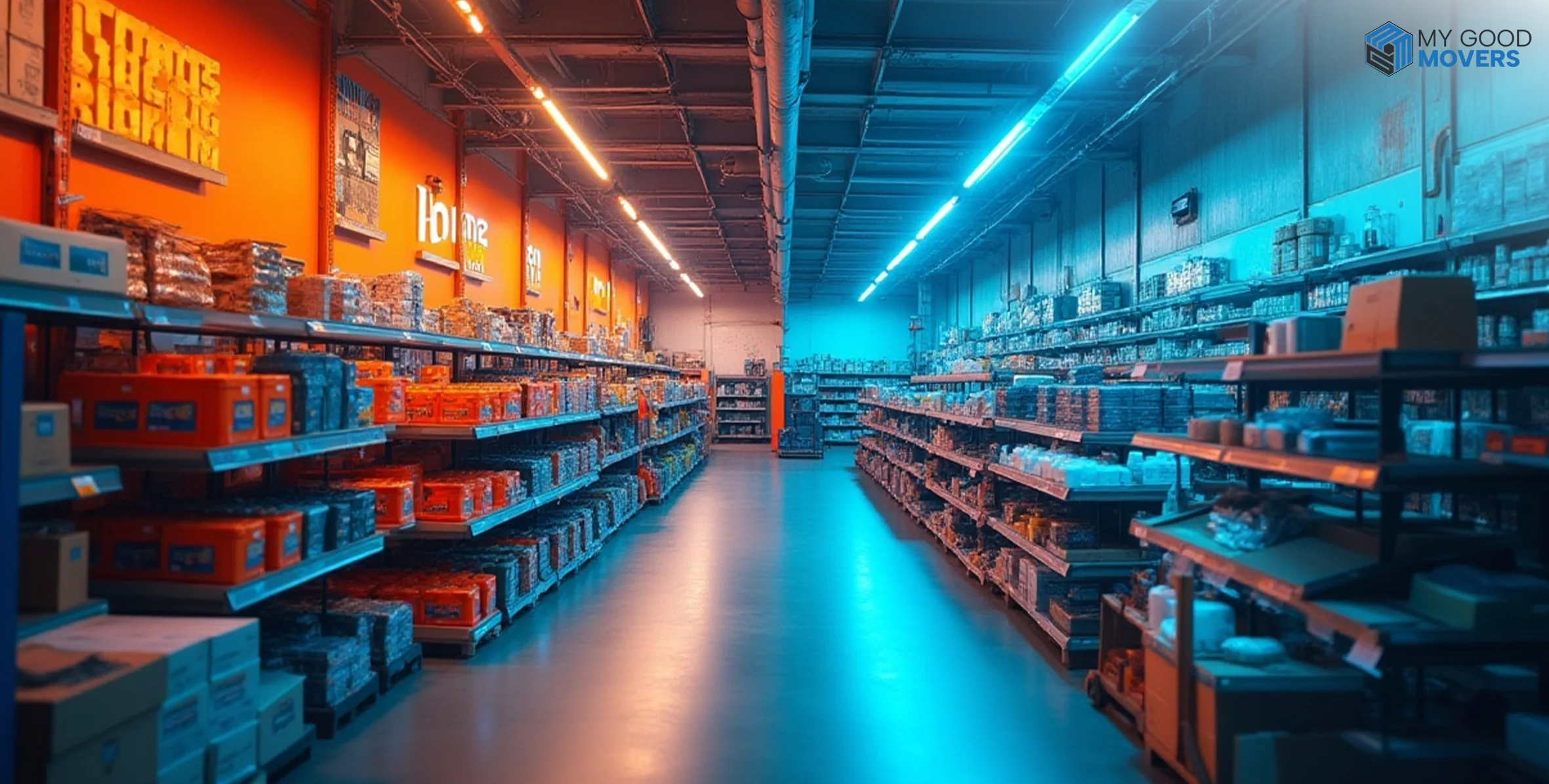

 (239) 799–6077
(239) 799–6077